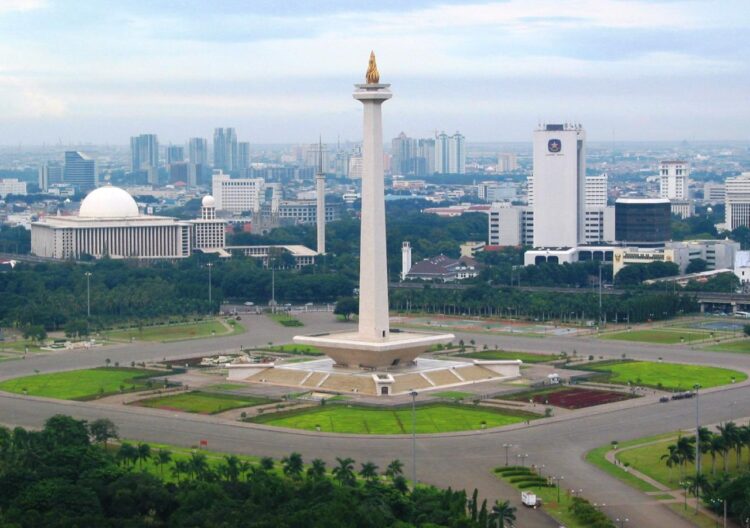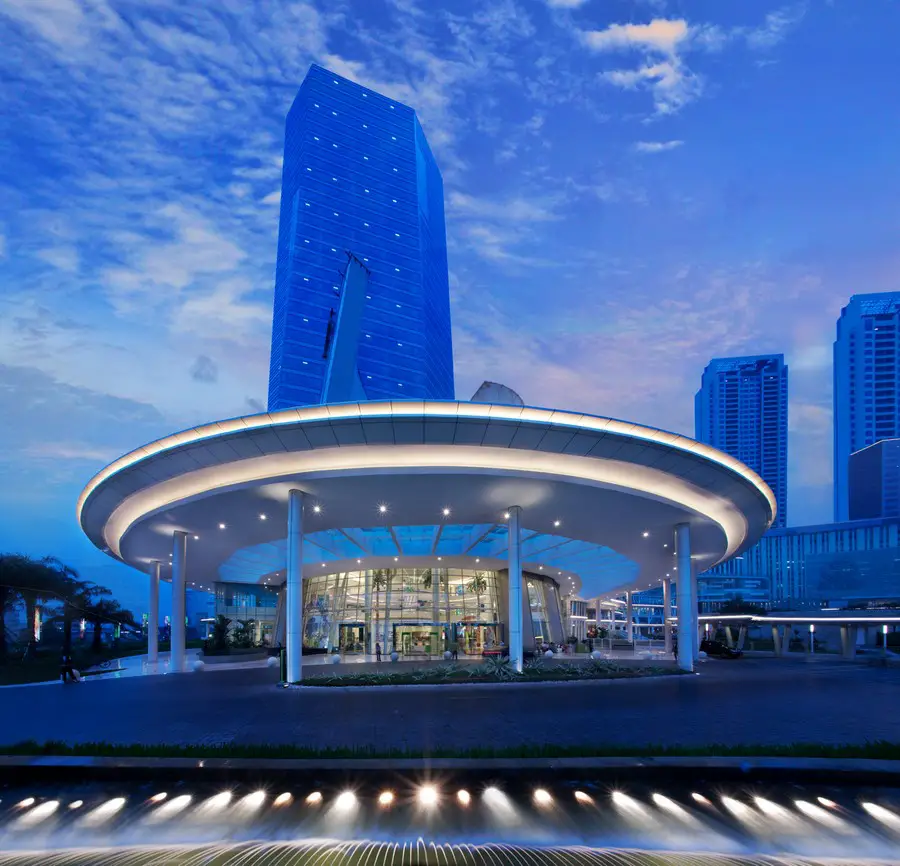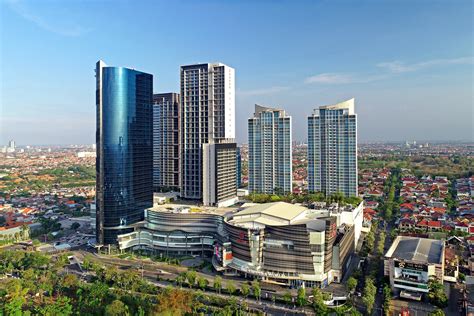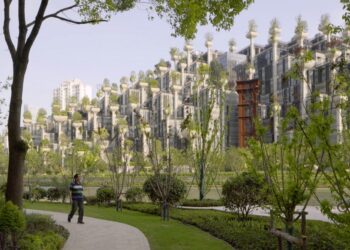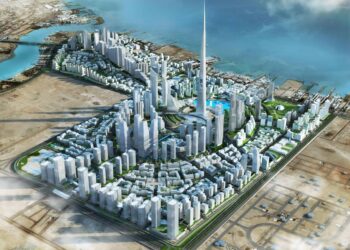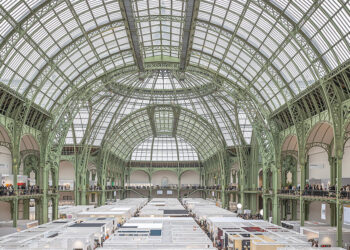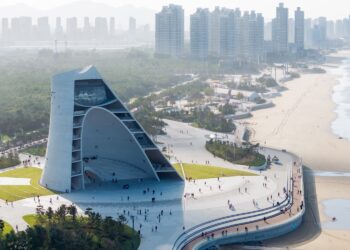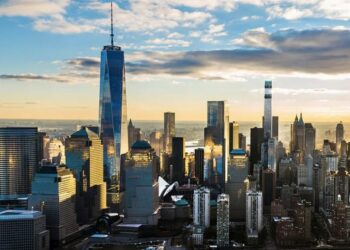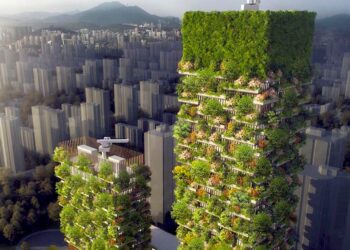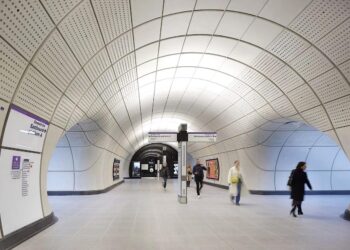Jakarta, Indonesia’s bustling metropolis, is a city of contrasts where colonial heritage meets modern skyscrapers, and traditional homes stand beside contemporary structures. As the city evolves, it grapples with defining its architectural identity amidst rapid urbanization and cultural shifts. This article delves into Jakarta’s architectural journey, exploring its past, present, and aspirations for the future.
A. Colonial Legacy: The Foundations of Jakarta’s Architecture
Jakarta’s architectural narrative begins with its colonial past. The Dutch East India Company (VOC) established Batavia (now Jakarta) in the 17th century, leaving behind a legacy of European-style buildings. Kota Tua, or Old Town, is a testament to this era, featuring structures like the Jakarta History Museum and Toko Merah. These buildings showcase Dutch colonial architecture with their high ceilings, large windows, and red brick facades.
The colonial influence extended beyond aesthetics. Urban planning during this period introduced grid patterns and canals, shaping the city’s layout. However, these designs often neglected the local climate and culture, leading to a disconnect between the built environment and its inhabitants.
B. Traditional Roots: Indigenous Architectural Styles
Before colonial intervention, Jakarta’s architecture was deeply rooted in indigenous traditions. The Betawi people, native to the region, developed the Rumah Panggung Betawi a stilted house designed for the tropical climate. These homes featured wide eaves, open verandas, and natural ventilation, reflecting a harmonious relationship with nature.
The fusion of various cultures, including Javanese, Sundanese, Chinese, and Arab, influenced Betawi architecture. This multicultural blend resulted in unique designs that catered to communal living and social interactions.
C. Post-Independence Modernism: The Jengki Style
Following Indonesia’s independence in 1945, there was a desire to break away from colonial influences and establish a national identity. This sentiment gave rise to the Jengki style a post-war modernist architecture characterized by asymmetrical forms, bold angles, and playful designs.
Jengki architecture symbolized freedom and progress, aligning with the nation’s aspirations. It was prominently featured in residential areas like Kebayoran Baru, a planned district embodying the garden city concept. The neighborhood combined green spaces with functional urban planning, setting a precedent for future developments.
D. Modern Developments: Skyscrapers and Urban Expansion
Jakarta’s rapid urbanization led to the proliferation of high-rise buildings and commercial centers. The Golden Triangle, encompassing Jalan Thamrin, Jalan Sudirman, and Jalan Gatot Subroto, became the city’s central business district. This area features modern skyscrapers like the BRI Tower and Thamrin Nine, symbolizing economic growth and modernization.
However, this expansion often came at the cost of heritage preservation. Historic buildings were demolished or neglected, raising concerns about the loss of cultural identity. Efforts to balance development with conservation became crucial in maintaining Jakarta’s architectural heritage.
E. Revitalization Efforts: Preserving the Past
Recognizing the importance of heritage, Jakarta initiated revitalization projects to restore historic areas. Kota Tua underwent significant restoration, transforming it into a tourist-friendly destination with museums, cafes, and cultural events.
Similarly, Toko Merah was restored to serve as a conference hall and commercial gallery, preserving its historical significance.
These initiatives aimed to celebrate Jakarta’s rich history while integrating it into the modern urban fabric.
F. Sustainable Architecture: Building for the Future
Facing challenges like overpopulation, traffic congestion, and environmental degradation, Jakarta is embracing sustainable architecture. Projects like the Green Office Park in BSD City showcase eco-friendly designs, incorporating green spaces and energy-efficient systems.
The Jakarta Architecture Festival 2024 highlighted the city’s commitment to sustainability, focusing on reclaiming identities and promoting a greener future.
These efforts reflect a shift towards environmentally conscious development, balancing growth with ecological responsibility.
G. Technological Integration: Smart City Initiatives
Jakarta is integrating technology into its urban planning to enhance livability and efficiency. Smart city solutions, such as digital infrastructure and intelligent transportation systems, are being implemented to address urban challenges.
Buildings like the BRI Tower exemplify this integration, featuring modern designs equipped with advanced technologies. These developments aim to create a connected and responsive urban environment, improving the quality of life for residents.
H. Cultural Identity: Naming and Symbolism
The naming of buildings and public spaces plays a significant role in shaping Jakarta’s cultural identity. Post-independence, many colonial-era names were replaced with Indonesian ones, reflecting national pride and heritage.
Landmarks like the National Monument (Monas) and Gelora Bung Karno Stadium serve as symbols of independence and unity. These names and structures embody the nation’s history and aspirations, reinforcing a collective identity.
I. Challenges and Opportunities: Defining Jakarta’s Architectural Identity
Jakarta’s architectural landscape is a tapestry of diverse influences, from indigenous traditions to colonial legacies and modern innovations. The challenge lies in harmonizing these elements to forge a cohesive identity.
Opportunities exist in embracing this diversity, promoting inclusive development that respects heritage while fostering innovation. Engaging communities, preserving cultural landmarks, and implementing sustainable practices are key to shaping Jakarta’s architectural future.
J. Conclusion: A City in Transition
Jakarta’s quest for architectural identity is an ongoing journey, reflecting its dynamic history and evolving aspirations. By honoring its past, embracing the present, and envisioning a sustainable future, Jakarta can craft an architectural narrative that resonates with its people and the world.

